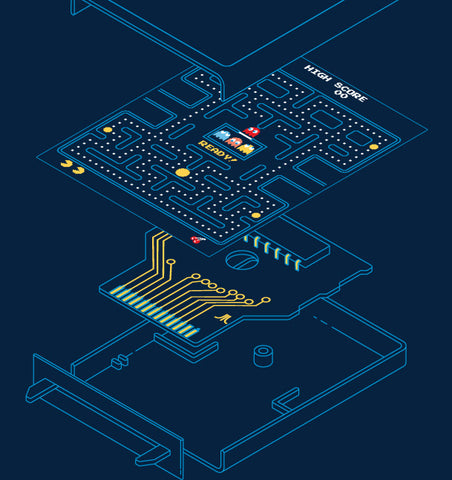
Benefits of rigid-flex PCBs
Rigid-flex PCBs offer the best of both worlds. As such, it can suit a wide variety of applications and has several advantages that neither rigid nor fully flexible boards characterize. Some of the unique benefits of rigid-flex circuit boards include:
- a) Design merging
Usually, with rigid PCBs, you require multiple cable assemblies and designs to complete the production. Rigid-flex boards, on the other hand, only need one design to facilitate. You can merge various PCBs into the same assembly and end up using fewer materials. Because of this, rigid-flex PCBs are less expensive to manufacture compared to rigid boards, albeit pricier.
- b) Fewer parts and space requirements
Rigid-flex PCBs use thin, flexible polyimide films, so they can occupy a smaller area. You can shrink the size of the final product and use fewer materials, consequently saving more on potential cost. Since you need fewer parts (cables, connectors), rigid-flex PCBs are quite cost-effective, especially in mass productions. Also, ordering fewer parts reduces risks in the supply chain.
- c) Simplified assembly
Using rigid-flex printed circuit boards simplifies the assembly process. Instead of two or three designs, you will only require one simplified PCB assembly. There is also less room for error as most rigid-flex PCBs can only be installed in a particular way. Fewer errors translate to fewer problems down the line and cost-effectiveness.
- d) Reduced cost of testing
Since rigid-flex PCBs use one assembly, they only require a single test operation rather than multiple operations. This can drastically reduce the cost of testing, compared to rigid PCBs that may require three or more tests, depending on the number of assemblies. What's more, rigid-flex boards provide room to test the full assembly before installation, which can save a lot of time and effort.
